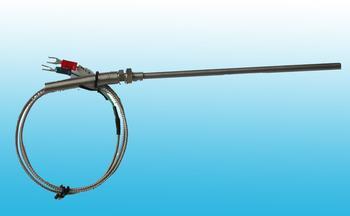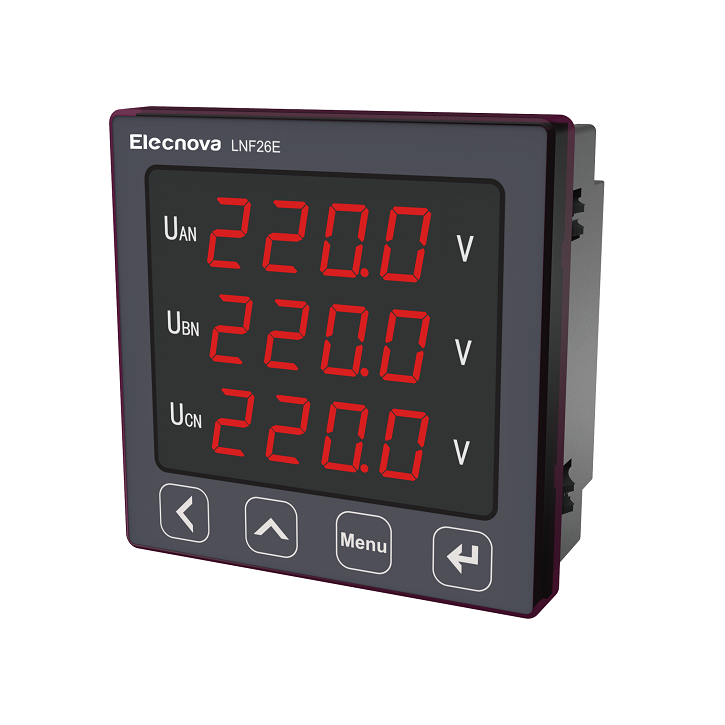 The temperature sensor is mainly based on the internal thermal resistance or thermocouple temperature measurement. Sometimes we will hear that the thermal sensor of the temperature sensor causes temperature sensor error, then what is the thermal inertia of the temperature sensor? What is the solution to the error caused by thermal inertia?
The temperature sensor is mainly based on the internal thermal resistance or thermocouple temperature measurement. Sometimes we will hear that the thermal sensor of the temperature sensor causes temperature sensor error, then what is the thermal inertia of the temperature sensor? What is the solution to the error caused by thermal inertia? The thermal inertia of the temperature sensor is actually the thermal inertia of the thermal resistance or thermocouple inside the temperature sensor. Because the thermal inertia of the thermal resistance or the thermocouple causes the indicator value of the instrument to lag behind the change of the measured temperature, this effect is particularly noticeable in rapid measurement. prominent. Therefore, thermal resistors or thermocouples with smaller thermal electrodes and smaller diameter of the protective tube should be used as far as possible. When the temperature measurement environment permits, the protection tube can even be removed.
Due to the measurement hysteresis, the amplitude of the temperature fluctuation detected with a thermistor or thermocouple is smaller than the amplitude of the fluctuation of the furnace temperature. The larger the measurement lag, the smaller the fluctuation of the thermal resistance or thermocouple fluctuation, and the greater the difference from the actual furnace temperature. When using thermocouples with large time constants for temperature measurement or temperature control, the temperature displayed by the instrument will fluctuate little, but the actual furnace temperature may fluctuate greatly. In order to accurately measure the temperature, a thermal resistance or thermocouple with a small time constant should be selected. The time constant is inversely proportional to the heat transfer coefficient and is proportional to the diameter of the hot end of the thermistor or thermocouple, the density of the material, and the specific heat. If the time constant is to be decreased, the most effective way is to minimize the increase in the heat transfer coefficient. Hot end size. In use, a protective sleeve with a thin wall and a small internal diameter is generally used with good thermal conductivity. In the more precise temperature measurement, the bare wire thermal resistance or thermocouple without protection sleeve is used, but the thermocouple is easily damaged and should be promptly corrected and replaced.
The error caused by the thermal inertia of the temperature sensor has a great influence on the measured value during the measurement, especially when the precision measurement must pay attention to the thermal inertia of the sensor. We must try to avoid the error caused by thermal inertia or take appropriate compensation to weaken the This error.
While some meters may provide only amperes or voltage, a panel mounted power meter delivers additional value by providing real-time, true-RMS measurements of current, power, voltage, energy and many other parameters.

Panel Mounted Power Meter,Digital Panel Power Meter,Led 3 Phase Panel Power Meter,Three Phase Power Meter
Jiangsu Sfere Electric Co., Ltd , https://www.elecnova-global.com